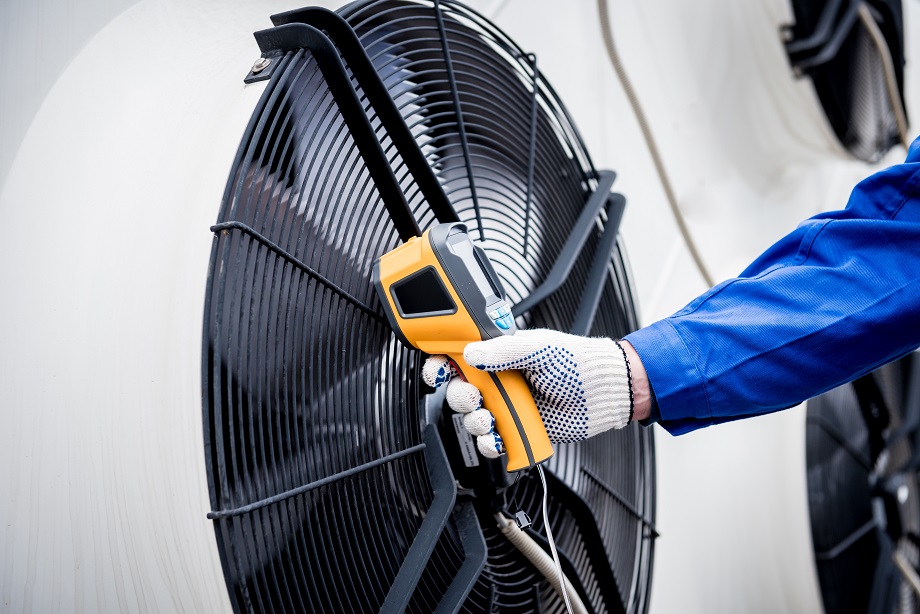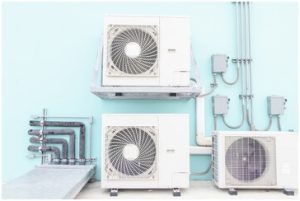
Two of the ways to save our planet are developing more green equipment and green practices in the HVAC industry. Manufacturers, installers, and the public can play roles in keeping our world cleaner by adopting energy-efficient climate control. Technicians promote the use of greener equipment when going on call to homes and businesses.
New devices, equipment, systems, and technologies are creating better use of our natural resources and by-products. We want to remain comfortable year-round at home and work but not at the expense of our environment. Current research shows us some ways to create a greener world atmosphere.
Energy-Efficient Climate Control In HVAC’s Green Future
Climate control occurs inside residences and businesses where heating and cooling equipment do their jobs. We don’t need to sacrifice scarce resources to remain comfortable indoors. We can reduce this depletion by creating more energy-efficient climate control with ‘green’ equipment and changing some of the fuel sources.
Consumers and government regulations demand heating, cooling, ventilation, and refrigeration equipment be more efficient. The goal is to lower energy bills while protecting the environment. New technologies are emerging every year to accomplish this objective. The future points to better utilization of what we already have and improving energy processing.
Going green involves lowering the carbon footprint we leave on a global scale. We must make more lifestyle and behavior changes to live in a more eco-friendly way by reducing pollution and generated waste.
Types Of Green HVAC Equipment
 Today’s HVAC industry is manufacturing advanced energy-efficient equipment and systems that are welcomed by consumers and businesses. New technologies are making heating, cooling, ventilation, and refrigeration equipment that work better and use less energy.
Today’s HVAC industry is manufacturing advanced energy-efficient equipment and systems that are welcomed by consumers and businesses. New technologies are making heating, cooling, ventilation, and refrigeration equipment that work better and use less energy.
- Dual-fuel heat pumps create more efficient heating by using natural gas and electricity that alternate as the outside temperature changes.
- Movement-activated air conditioning systems use sensors mounted in ceilings that activate the system only when people are present.
- Sensor-enhanced ventilation contains motors that automatically open and close dampers in ductwork to move air more efficiently.
- Refrigeration equipment that uses gases that are more efficient and leave a smaller carbon footprint is emerging. They are non-toxic and non-flammable.
| “Two of the ways to save our planet are developing more green equipment and green practices in the HVAC industry.” |
Green HVAC Practices And Power Sources
The best green heating and cooling options are evolving into the more efficient use of our resources. Using only one of them can boost your equipment’s efficiency, and a combination of two or more will do wonders in lowering utility bills.
- Absorption heating and cooling systems are more efficient than conventional systems.
- Biodiesel fuel is an affordable, clean-burning, and renewable source of fuel
- Biomass energy is a natural and renewable source of fuel.
- Geothermal energy uses hot water and steam found below ground to heat and cool.
- Green Coal is created by gasification that produces clean-burning hydrogen gas for fuel.
- Hydronic Heating uses hot water piped through tubes to heat rooms.
- Ice-powered air conditioning converts water into ice for cooling rooms.
- Solar Power (Active) uses solar cells to convert sunlight into electricity.
- Solar Power (Passive) collects, stores, and releases the sun’s energy for power.
- Wind Power generates heat as well as electrical power.
In ten years, we will probably see more practices and power sources on this list. As the world’s population grows and demands more energy, we will need more efficient power sources.
HVAC’s Green Future Is Taught In Schools
 Students are taught about efficient HVAC equipment, systems, and fuel sources in schools and colleges. Faculty compares conventional equipment and power sources to the most advanced ones on the market today. Students are trained to maintain and install the old and new to meet customers’ needs and wants.
Students are taught about efficient HVAC equipment, systems, and fuel sources in schools and colleges. Faculty compares conventional equipment and power sources to the most advanced ones on the market today. Students are trained to maintain and install the old and new to meet customers’ needs and wants.
Instructors stress the need for greener technologies, equipment, and fuel sources to reduce pollution in our environment. Students become familiar with the most popular and efficient HVAC brands of equipment and the pros and cons of each. The most astute colleges introduce new technologies as they become available for residential and commercial applications. Students are encouraged to think ‘green’ in their upcoming careers to help preserve our environment.
How Technicians Promote HVAC’s Green Future
Part of a technician’s job is educating the public about efficient and green heating and cooling systems. They do this by applying the principles they learned in our technical college Air Conditioning, Refrigeration, and Electrical Technology (AOS) program. Technicians inform their customers how the most energy-efficient equipment saves them money, lasts longer, and meets new government regulations.
HVAC techs encourage customers to replace their old heating, cooling, and refrigeration equipment with the best on the market. They let customers know how their homes and businesses will be heated and cooled more consistently from room to room. Customers typically experience cleaner air and better humidity control with new green technologies. Contact us today for more information.
For more information about graduation rates, the median debt of students who completed the program, and other important information, please visit our website at: https://iticollege.edu/disclosures/




